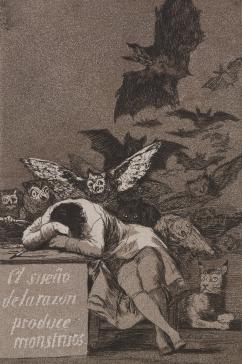In the 1970s researchers at Stanford University and Liverpool University successfully demonstrated that during REM (Rapid Eye Movement) sleep a so-called lucid dreamer could execute specific eye movements in their dream that could be objectively measured in the sleep laboratory. Through the electrodes attached to the dreamer’s body, it was confirmed that the individual was both asleep and communicating with their eyes. Yet it was another 2–3 decades until the idea of studying lucid dreamers in the lab started to gain more mainstream scientific acceptance. Despite popular interest in lucid dreams as techniques for self-discovery, improvement and therapeutic gain, the acceptance of lucid dreaming within the scientific community has been fraught with controversy. As we enter an era in which lucid dreaming research has gone mainstream and cognitive neuroscience promises to transform lucid dreaming into an acquirable skill with applications in basic dream research, therapy, and personal development, it is vital to understand how we arrived where we are today. Lucid dreaming research offers an exemplary case to study how the validity of a contested phenomenon and the methods of sleep research have been debated and negotiated. The project “History of Lucid Dreaming Research” was the first oral historical examination of the emergence of the lucid dream as an object of scientific research. As part of a Junge Akademie funded collaboration between the Practices of Validation in the Biomedical Sciences Max Planck Research Group and the Donders Institute for Brain, Cognition and Behavior, this project brought together oral historical methods and hands-on experience in empirical lucid dreaming research. The initial research was led by Marieke McKenna with supervision from Lara Keuck and Martin Dresler.

Francisco de Goya y Lucientes, The Sleep of Reason Produces Monsters, 1797–98, etching and aquatint on laid paper, plate 21.6 x 15.1 cm, Brooklyn Museum, New York.
Project
(2022-2023)
